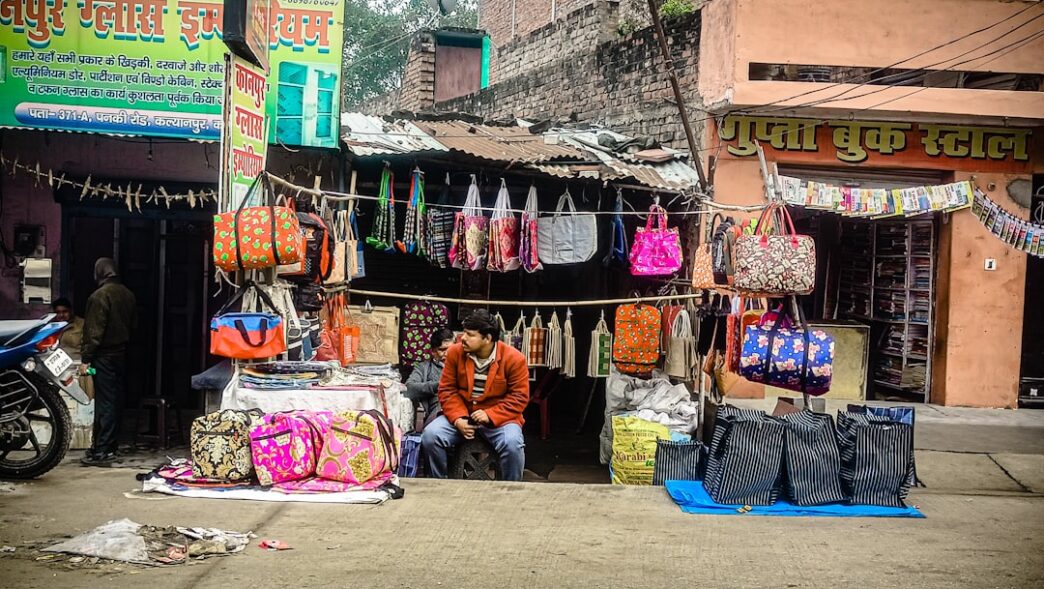In recent years, microfinance has emerged as a powerful tool for alleviating poverty and promoting economic development in emerging markets. By providing small loans and financial services to low-income individuals and small businesses, microfinance seeks to empower the economically marginalized and facilitate their integration into the formal economy. This article explores the role of microfinance in redefining economic landscapes, improving livelihoods, and tackling economic inequality.
The origins of microfinance can be traced back to the 1970s when Dr. Muhammad Yunus established the Grameen Bank in Bangladesh. His pioneering approach aimed to provide credit to impoverished individuals—particularly women—who were traditionally excluded from conventional banking systems. The success of this model spurred global interest, leading to the proliferation of microfinance institutions (MFIs) across many developing nations. Today, microfinance is recognized as a critical component of poverty alleviation strategies in various contexts.
One of the primary advantages of microfinance is its focus on financial inclusion. Many individuals in emerging markets lack access to traditional banking services due to their low income, lack of collateral, or insufficient credit history. MFIs bridge this gap by offering financial services tailored to the needs of the poor. These services often include microloans, savings accounts, and insurance products designed for low-income households. By providing access to capital, microfinance enables individuals to invest in income-generating activities, such as starting a business, buying livestock, or enhancing agricultural productivity.
Moreover, microfinance has significant implications for women’s empowerment. Studies have shown that women who receive microloans are more likely to invest in their families and communities, contributing to improved health, education, and overall quality of life. By targeting women’s financial needs, microfinance helps to challenge traditional gender roles, allowing women to gain financial independence and actively participate in economic decision-making processes.
Despite its potential, microfinance is not without challenges. One of the most pressing issues is the risk of over-indebtedness. In some cases, borrowers may take on multiple loans from various MFIs without the ability to repay. This situation can lead to a cycle of debt that exacerbates poverty rather than alleviating it. As a response, many MFIs have begun implementing responsible lending practices, including thorough credit assessments and financial education programs to ensure borrowers understand their obligations.
Another challenge lies in the sustainability of microfinance initiatives. While MFIs have expanded rapidly, many rely on external funding from donors or investors, which can be unpredictable. To ensure long-term viability, MFIs must strike a balance between social mission and financial performance. This requires innovative business models that can generate sufficient revenue while maintaining their commitment to serving low-income populations.
Despite these challenges, the impact of microfinance on economic inequality is undeniable. By enabling access to credit and financial services, microfinance empowers individuals to break the cycle of poverty and build a better future for themselves and their families. As more MFIs adopt technology-driven solutions, such as mobile banking and digital payment platforms, the reach of microfinance is expanding, further democratizing access to financial resources.
In conclusion, microfinance plays a vital role in alleviating poverty and addressing economic inequality in emerging markets. By fostering financial inclusion and empowering marginalized populations, microfinance has the potential to stimulate local economies and create sustainable development. While challenges remain, the continued evolution of microfinance is likely to yield innovative solutions that enhance its effectiveness and reach, ultimately contributing to a more equitable and prosperous global economy.













